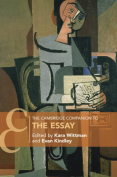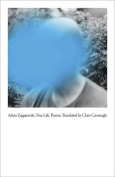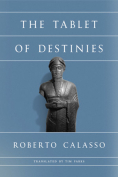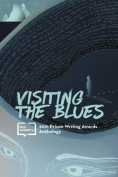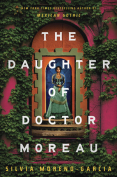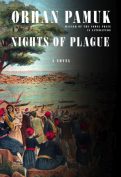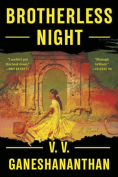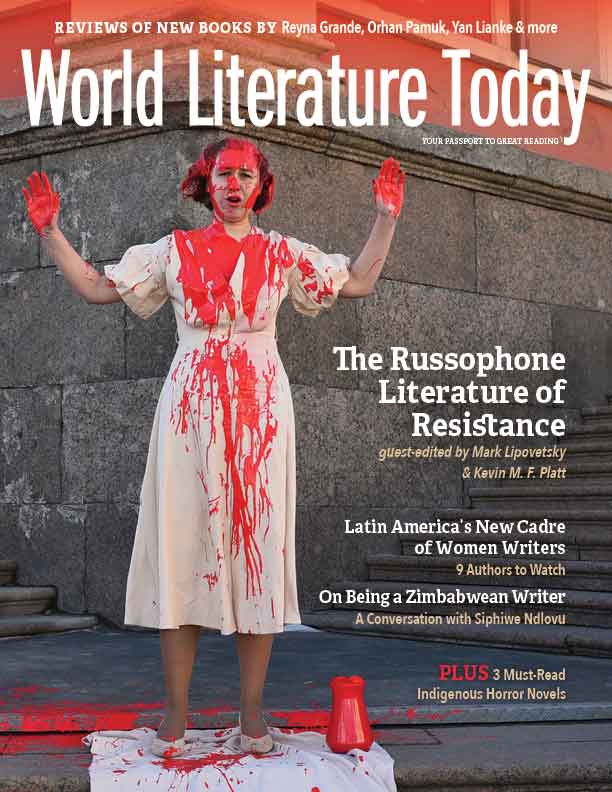Brotherless Night by V. V. Ganeshananthan
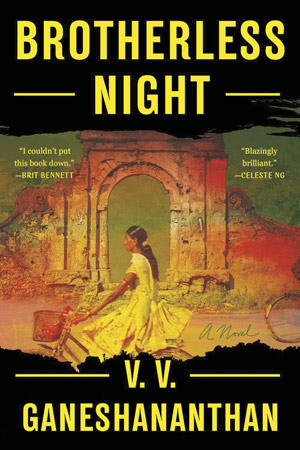 New York. Random House. 2023. 368 pages.
New York. Random House. 2023. 368 pages.
THE SRI LANKAN Civil War, which began with demands of the ethnic Tamil minority to form their separate homeland in the early 1980s after waves of state-sanctioned violence initiated by the Sinhala majority, stretched over three decades, leading to horrific civilian casualties and eventual defeat of the militant Tamil Tigers at the hands of the Sri Lankan army. This traumatic history has been the backdrop of recent Sri Lankan novels in English. What makes V. V. Ganeshananthan’s Brotherless Night unique is that it presents this traumatic history from the perspective of women and the myriad ways in which their lives are transformed by institutions of ethnic nationalism.
Brotherless Night begins with a prologue set in New York in 2009 but then moves back to Jaffna in northern Sri Lanka in the early 1980s, where the narrator, Sashi, is preparing for her entrance exams to medical school in a Tamil upper-middle-class family in which she is the only sister to four brothers. Sashi idolizes her eldest brother, Niranjan, finishing medical school, and wants to emulate him in her choice of profession. Her brother Dayalan and his friend, K, are closer to her in age, and together they frequent the Jaffna Public Library as a place for intensive study.
This idyllic world of youthful aspirations supported by a loving family is presented from the beginning as precarious. It receives its first shocking jolt when Sashi and her eldest brother move to Colombo to the house of their grandmother. Soon after Niranjan earns his first salary and becomes engaged to a young doctor, this neighborhood falls victim to anti-Tamil riots, and Sashi’s grandmother’s beautiful house is burned. Sashi and her grandmother become temporary refugees in a camp, but the greater tragedy is when they discover that Niranjan’s car has been burned by a violent mob. Sashi returns to Jaffna to her family to face a completely altered family. Her mother is almost on the brink of a mental breakdown after losing Niranjan, and the younger brothers feel an irrepressible rage at the loss of the eldest brother and an absent father. The family tragedy is compounded by the continuing political disenfranchisement of Tamils, the destruction of Tamil homes and property, including the beloved Jaffna library. It is in the midst of these escalating tensions that two of Sashi’s brothers and her friend K leave to join the Tigers, adding yet another layer of loss.
In spite of these grave difficulties, the novel charts Sashi’s growth into political consciousness. She fulfills her departed brother’s dream by eventually matriculating in the medical college at Jaffna. While at medical school, she is recruited by K to provide medical assistance at a clinic run by the Tigers. As Sashi gets more intimately acquainted with the operations of the Tigers, she is increasingly disillusioned by their unethical actions, their hunger for power, killing of members of other Tamil militant groups, and ruthless crushing of all dissent. She realizes that her own brother, Dayalan, is complicit in these atrocities.
As the war progresses, Sashi is forced to leave her beloved ancestral home on the orders of Tigers. However, her greatest disillusionment with the Tigers occurs when the Tiger leader recruits K to participate in a highly publicized hunger strike to demand the immediate removal of the Indian Peace Keeping Force that had brokered a fragile peace with the Sri Lankan government. After much internal debate, Sashi agrees to accompany K on the stage. As the fast progresses, Sashi expects the demands to be met or the Tiger leader to call off the fast. Neither happens, and K dies a painful death and becomes a Tamil martyr. Sashi is crippled by this loss as well as the loss of Dayalan but gradually recovers under the mentorship of her anatomy professor, Anjali, who is also secretly documenting the atrocities of the conflict. Through her work in the clinic, Sashi bears witness to sexual violence perpetrated by Indian soldiers as well as killings of Tamil civilians by the Tigers. It is this work that eventually takes her outside of Sri Lanka. She wants to preserve Anjali’s careful work by publishing her reports for posterity.
Although Sashi leaves Sri Lanka physically and pursues a medical career in New York, she remains intimately connected to the civil war in her role as historian of the war. In the final weary end of the civil war, she begs a UN official to save the civilians trapped between the Tigers and the Sri Lankan army in a no-fire zone. She realizes that her diplomat friend and the UN will not intervene, and it fills her with impotent rage. Later, when she visits the site of the last battle, she notices that there is nothing to mark the spaces of civilian deaths and losses.
In a sense, Brotherless Night is performing the work of grieving and memorializing these deaths. Ganeshananthan takes on the enormous task of providing in novelistic form a repository of censored memories of the Sri Lankan war with a deep and unwavering commitment to truth and all its complexity. No party in the war escapes her scathing moral scrutiny, and the result is a novel that is a luminous and deeply affecting representation of this traumatic past. The novel makes the implicit claim that this conflict should not be thrust into oblivion because it happened in a small country in the Global South. Ganeshananthan’s novel forces her readership to reckon with a humanitarian tragedy that the world did nothing to prevent and the lessons about state violence, militancy, and civilian loss that it can teach us.
Lopamudra Basu
University of Wisconsin–Stout
